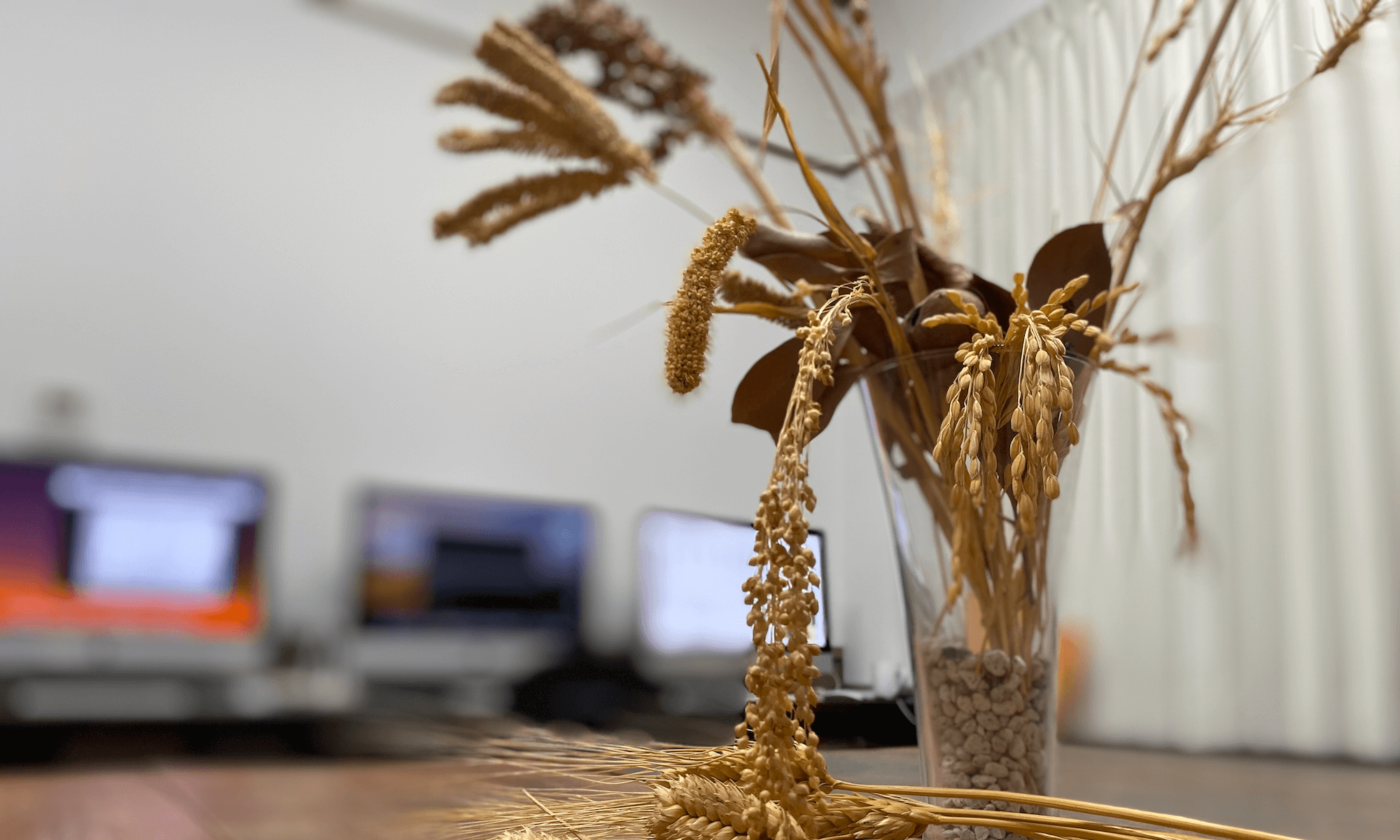Kato, H., Nemoto, K., Shimizu, M., Abe, A., Asai, S., Ishihama, N., Daimon, T., Ojika, M., Kawakita, K., Onai, K., Shirasu, K., Ishiura, M., Takemoto, D., Takano, Y. and Terauchi, R. (2021). Pathogen-derived 9-methyl sphingoid base is perceived by a lectin receptor kinase in Arabidopsis. BioRxiv, 2021.10.18.464766. https://doi.org/10.1101/2021.10.18.464766
Abstruct
In plants, many invading microbial pathogens are recognized by cell-surface pattern recognition receptors (PRRs), inducing defense responses; yet how PRRs perceive pathogen sphingolipids remains unclear. Here, we show that the ceramide Pi-Cer D from a plant pathogenic oomycete Phytophthora infestans triggers defense responses in Arabidopsis. Pi-Cer D is cleaved by an Arabidopsis apoplastic ceramidase, NCER2, and the resulting 9-methyl-branched sphingoid base is recognized by a plasma membrane lectin receptor-like kinase, RDA2. Importantly, 9-methyl-branched sphingoid base, which is unique to microbes, induces plant immune responses by interacting with RDA2. Loss of RDA2 or NCER2 function compromised Arabidopsis resistance against an oomycete pathogen, indicating that these are crucial for defense. We provide new insights that help elucidate the recognition mechanisms of pathogen-derived lipid molecules in plants.


